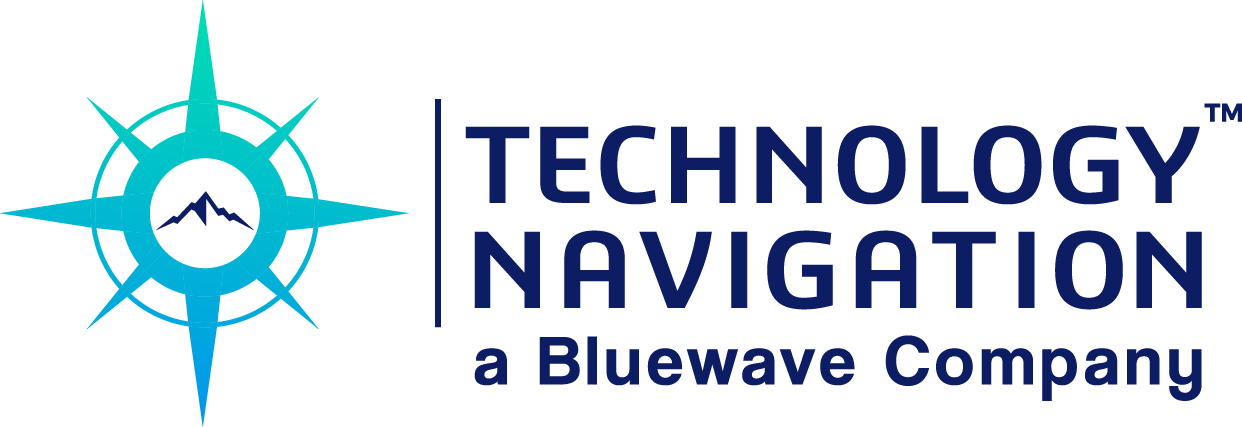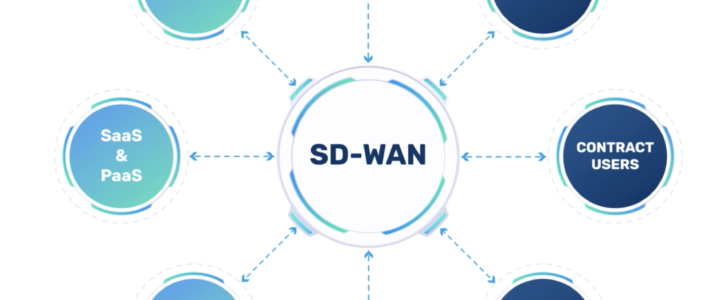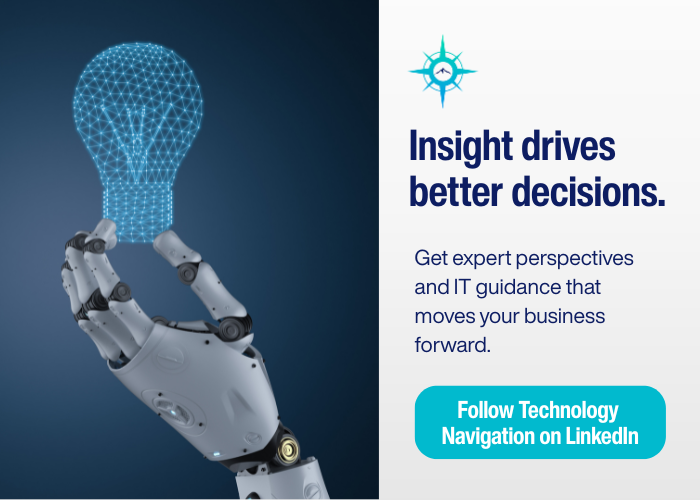
Implementing a Unified Communications as a Service (UCaaS) solution can be a game-changer for business productivity, but without the right expertise, it can also be a time-consuming process. Whether you’re rolling out a 100-seat UCaaS solution or deploying a multi-location UCaaS system, having expert guidance can drastically reduce implementation time while ensuring seamless integration.
At Technology Navigation, our UCaaS implementation support optimizes every phase of the process, helping businesses save up to 120 hours while ensuring a smooth transition. Here’s how we make it happen:
1. Project Planning and Design
Effective UCaaS deployment starts with detailed planning and design. Our team works closely with clients to streamline requirements gathering and solution design, ensuring all key elements are addressed upfront.
- Requirements Gathering: We quickly assess your business needs and technical specifications. (5-10 hours)
- Solution Design: Our team builds on existing templates and best practices to design a tailored solution. (10-15 hours)
- Planning Meetings: With combined expertise from suppliers and our specialists, we efficiently navigate potential challenges. (2-5 hours)
Total time with our support: 17-30 hours / Without our support: 30-45 hours
2. Pre-Implementation Setup
Ensuring a strong foundation before deployment minimizes disruptions and enhances long-term performance.
- Infrastructure Assessment: We work alongside suppliers to quickly identify and resolve potential infrastructure challenges. (5-10 hours)
Total time with our support: 5-10 hours / Without our support: 30-50 hours
3. Implementation
The actual deployment phase is critical for ensuring UCaaS solutions are properly integrated and tested.
- Deployment: Our experts work alongside suppliers and your team to streamline deployment. (20-30 hours)
- Integration: We ensure a smooth and efficient integration of UCaaS platforms with your existing IT ecosystem. (15-20 hours)
- Testing: We accelerate User Acceptance Testing (UAT) by identifying and resolving issues proactively. (15-20 hours)
Total time with our support: 50-70 hours / Without our support: 70-110 hours
4. Training and Documentation
Effective training and documentation ensure seamless adoption and long-term UCaaS success.
- User Training: We assist in conducting multiple training sessions simultaneously to maximize efficiency. (10-15 hours)
- Administrator Training: Focused sessions tailored to specific expertise areas. (5-10 hours)
- Documentation: We collaborate with suppliers to deliver comprehensive knowledge bases and resources. (5-10 hours)
Total time with our support: 20-35 hours / Without our support: 35-60 hours
5. Go-Live and Post-Implementation Support
A smooth Go-Live experience is essential for ensuring business continuity and user satisfaction.
- Go-Live Support: Our team is available to address any last-minute challenges and ensure a successful launch. (10-15 hours)
- Post-Implementation Review: We collaborate with suppliers to assess performance and address any outstanding issues. (3-5 hours)
Total time with our support: 13-20 hours / Without our support: 20-30 hours
Maximize Efficiency with Technology Navigation
UCaaS implementation doesn’t have to be overwhelming. By leveraging Technology Navigation’s expertise, businesses can streamline deployment, reduce downtime, and optimize communication systems with minimal disruption.
If you’re planning a UCaaS migration or looking to improve your existing cloud communications infrastructure, let our team guide you every step of the way. Contact Technology Navigation today and let us help you implement a cost-effective, efficient, and scalable UCaaS solution for your business!










